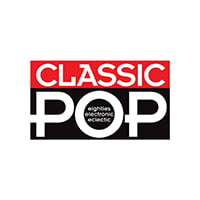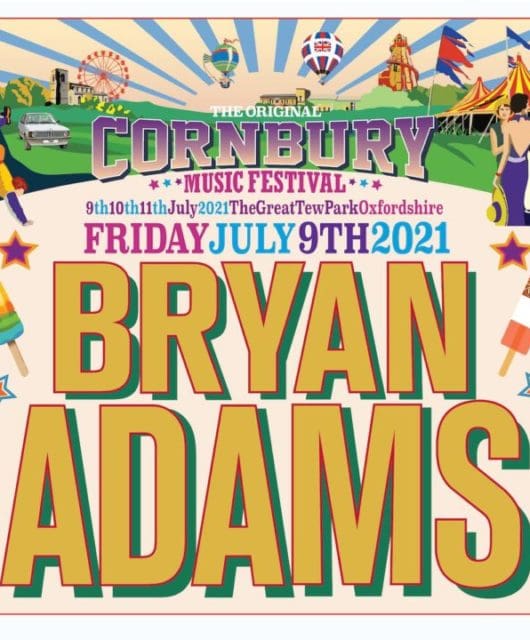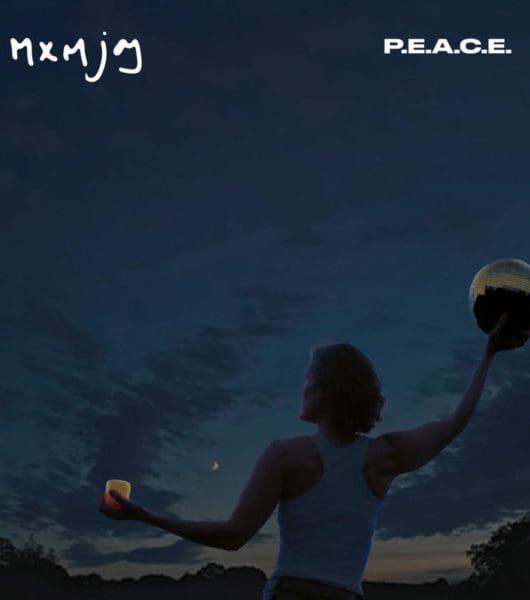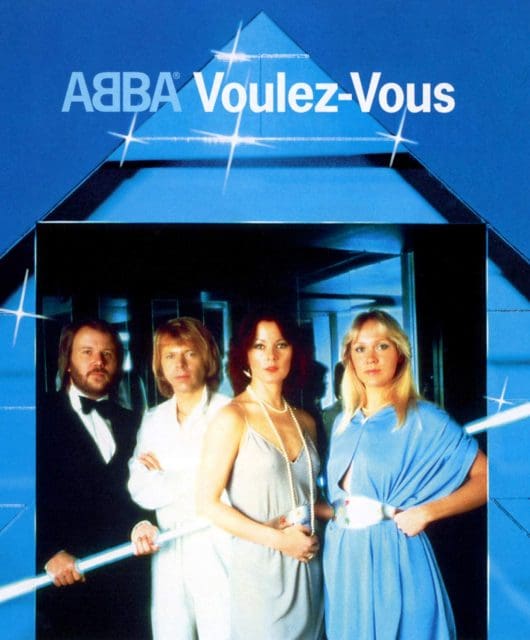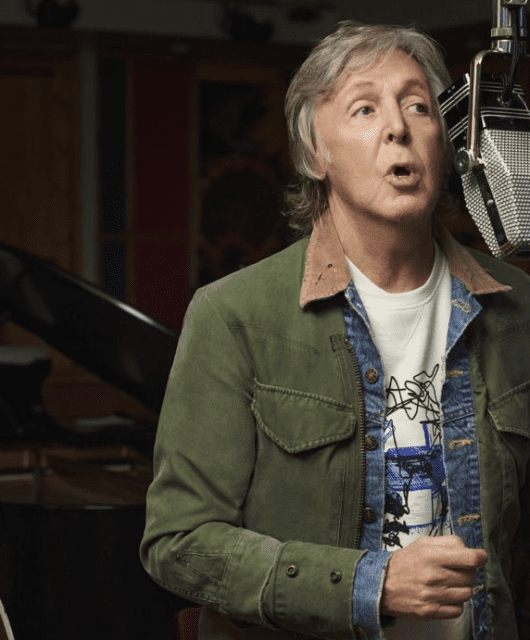Classic Album: Prince – Purple Rain
By Classic Pop | February 27, 2015
When, five albums into his career, Prince suggested that he wanted to make a movie, his label scoffed. Four decades on, Purple Rain is widely regarded as the moment the singer truly became a global icon…
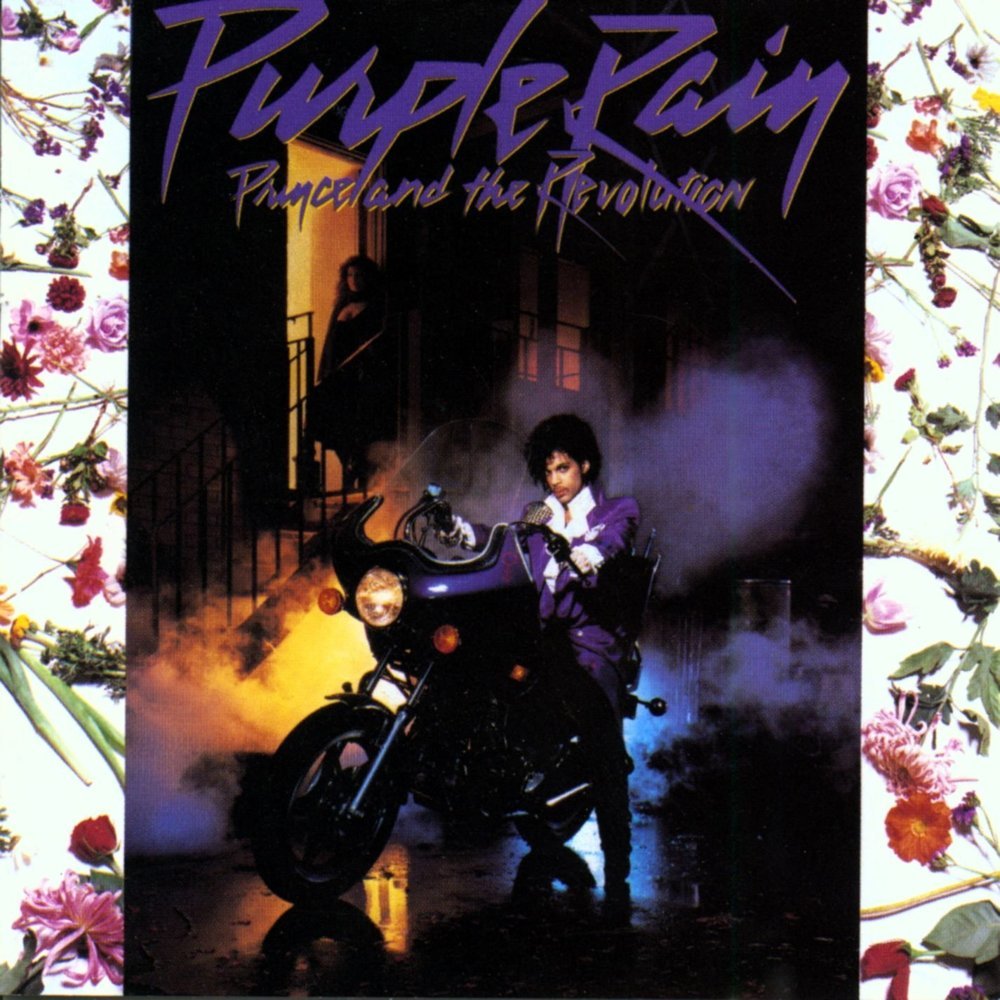
When Prince revealed that his stipulation for renewing his record contract with Warner Bros in 1983 was a deal with a major studio to produce his feature-film debut, it was little wonder that they baulked at the suggestion.
After all, the artist formerly known as a sex-obsessed funketeer with a penchant for singing expletive-laden jams while wearing just bikini briefs and a trenchcoat was hardly a marketable commodity to mainstream America.
“Nobody thought that movie would ever get made,” says Alan Leeds, Prince’s former tour manager. “Most people in the music industry and much of the media were saying, ‘Who is this singer, Prince, who thinks he’s all that to make his own movie?’
“We all knew that this was either going to turn Prince into a major star or become one of the most embarrassing flops of all time. Despite the success of his recent Controversy and 1999 tours, most of the general public had yet to discover the legend-in-the-making that Purple Rain would reveal.”
Since his arrival on the music scene with his debut album, For You, in 1978 (released when he was just 19 years old), Prince Rogers Nelson had been regarded as something of a maverick.
Sex and religion were the predominant subject matter of his songs, all of which he’d written and performed alone, while his style and stage presence were drawing comparisons to Little Richard, Jimi Hendrix and Carlos Santana, among others.
Critically acclaimed, his first four albums – For You, Prince, Dirty Mind and Controversy – had all been moderate successes and he’d toured extensively in support of them all, but Prince was still regarded as something of a niche artist within the industry, and an enigmatic one due to his disdain for giving interviews to the media.
That all began to change with the release of his fifth album, 1999 , in October 1982. It spawned a pair of smash hits on both sides of the Atlantic – the title track and Little Red Corvette – as well as a further Top 10 single in the US, Delirious.
All three tracks garnered heavy rotation on the newly launched MTV, making Prince one of the first black artists to be supported by the channel (along with Michael Jackson).
But while Jackson’s big-budget affairs redefined the medium of music video, Prince used the format to highlight his talent as an exhilarating live performer.
- Read more: Making Prince’s 1999
- Read more: Making Prince’s Sign O’ The Times
Having broadened the demographic of his audience through his videos (by the time he embarked on the Triple Threat tour in support of 1999, his audience had changed from being largely black to multi-racial, male and female, and of varying age groups), the diminutive singer was already planning his transition from MTV to the silver screen.
Throughout the tour, Prince was in constant possession of a purple notebook. Although everyone presumed that the notoriously prolific star had already begun work on his next album, it was later revealed that the notebook was, in fact, his preparation for Purple Rain – not only writing music for the film, but also dreaming up script ideas.
During the hot summer of 1983, a warehouse in St Louis Park, in Prince’s home state of Minnesota, became the nucleus of the Purple Rain project.
Those sessions saw both Prince And The Revolution and The Time (Prince’s pop-funk side project, who he’d managed to get signed up to the Warner Bros label) working on the songs that would make it into the film, as well as attending acting and dance classes.
During that time, Prince closely examined the relationships within the two bands, so that he could accurately portray the band rivalry depicted in the film.
“It was definitely a case of art imitating life,” says The Revolution’s guitarist Wendy Melvoin. “It was so funny the first time we heard the voiceover on the trailer saying, ‘Before Prince made the music, he lived it,’ because that was so true.”
While the rivalry between bands, seen in the movie, was indicative of the Minneapolis music scene at that time, the tension within The Revolution was also accurate, and Prince’s steely leadership had already led to the departures of his original guitarist Dez Dickerson and bassist André Cymone (another member, keyboard player Gayle Chapman, had left the band because the overt sexuality of the music and stage show conflicted with her religious beliefs).
They were quickly replaced, however, and with Brown Mark (bass), Bobby Z (drums), Matt Fink (keyboards), Lisa Coleman (keyboards) and Wendy Melvoin (guitar) on board, the definitive line-up of The Revolution was in place – a modern-day Sly And The Family Stone.
With so much talent around him, Purple Rain becoming Prince’s most-collaborative album to date. While his previous songwriting and recording sessions had been insular affairs, the input of other musicians only served to enrich the sound of his music.
- Read more: Prince – the revolution will be televised
“Lisa and I were definitely instrumental in influencing him at that time,” says Melvoin. “We were close to him and we became this triumvirate.
“We introduced him to a lot of ideas and different kinds of music. He relied on us to give him what he knew he didn’t have musically, and we were more than happy to give him everything we had.”
“We were basically camped out in that warehouse with some 24-track machines, rehearsing and working out songs as a band,” remembers Coleman. “We were so tight at that time. Wendy came up with some amazing guitar lines and beautiful chords that were indicative of the whole album.
“We’d all just look at each other and know where things would happen instinctively. Bobby would come in with a cymbal, then Prince would guide us by saying, ‘Let’s try it this way; how about adding this?’, and we’d just carve it out.
“Then we took it to First Avenue, and that gig was recorded and videotaped – that’s where the majority of the album comes from.”
Alongside the St Louis Park warehouse, First Avenue, a club in downtown Minneapolis, became the most-important location to the inception of the Purple Rain album.
It was here that Prince chose to hold a series of impromptu gigs to try out the new material his band had been working on.
Not since The Beatles had an artist been so synonymous with their hometown, with First Avenue serving as Minneapolis’ Cavern Club.
As the film and album were being created simultaneously, Prince wanted the tracks to sound as authentic as possible.
- Read more: The Revolution interview
- Read more: Top 10 Prince songs
With this in mind, he arranged for them to be recorded live during a benefit concert for the Minnesota Dance Theatre, at First Avenue on 3 August 1983.
With the exception of a few overdubs, the epic version of Purple Rain we hear on the album, as well as I Would Die 4 U and Baby I’m A Star, are exactly how they were played that night.
Let’s Go Crazy and Computer Blue were also performed during the show, but were re-recorded as live in the warehouse for the album.
With the film nearing completion, the studio was still nervous about how it was going to perform at the box office, so they asked Prince to write and record another track to release prior to the film – the idea being that they could issue an accompanying video showing clips of the film to generate interest.
The singer returned the next day with When Doves Cry, a sparse dance track devoid of bass and consisting only of a drum machine, a keyboard, a guitar and multi-tracked vocals.
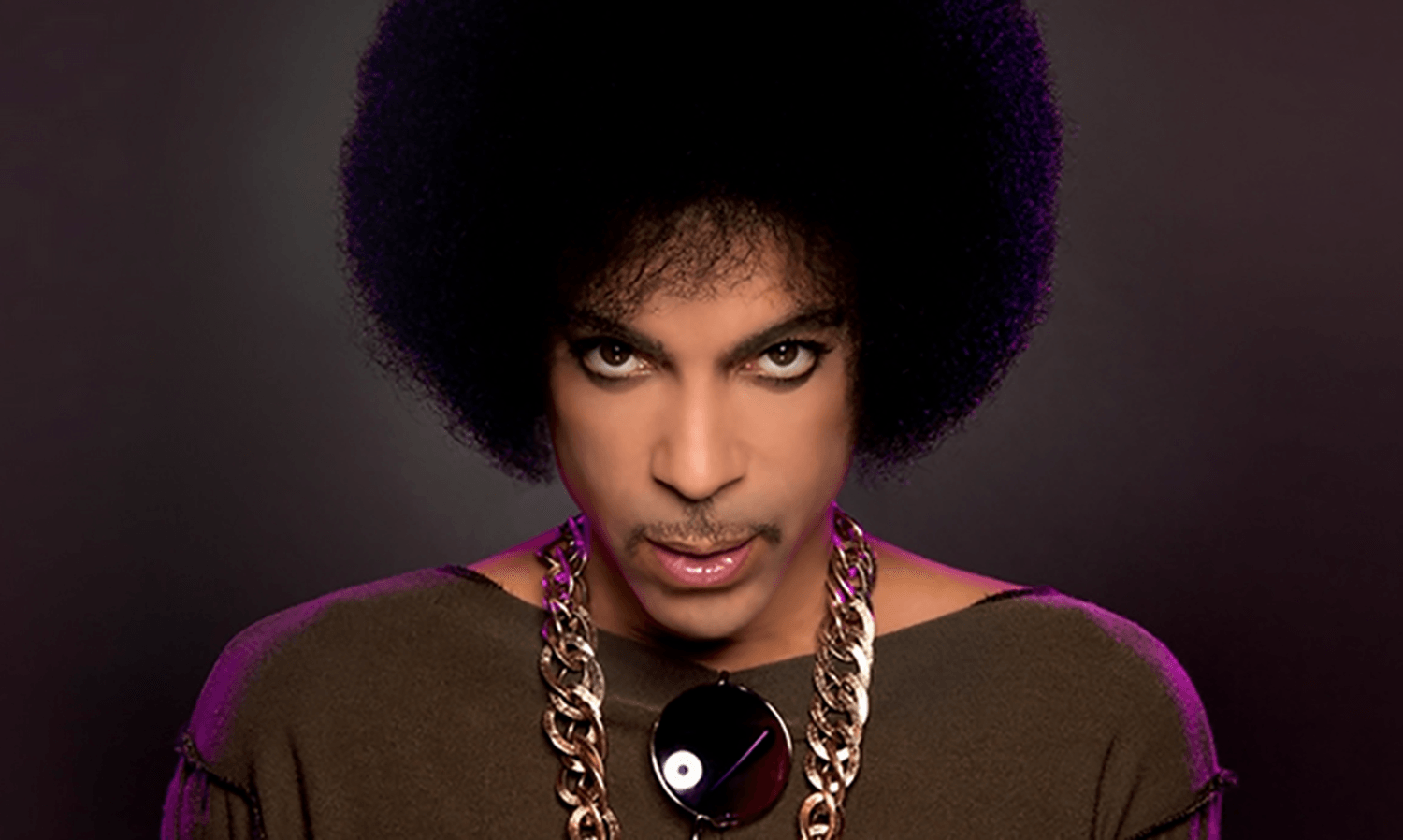 One of his most-experimental tracks to date, it was deemed too avant-garde by his label, who wanted to pass on it, but Prince’s perseverance that it was Purple Rain’s debut single paid off and it became his first US number-one hit.
One of his most-experimental tracks to date, it was deemed too avant-garde by his label, who wanted to pass on it, but Prince’s perseverance that it was Purple Rain’s debut single paid off and it became his first US number-one hit.
It stayed in pole position for five weeks, shifting two million copies and preventing Bruce Springsteen’s Dancing In The Dark from reaching the top spot. (The track also made it to number four in the UK.)
While in Los Angeles shooting extra scenes for the film, Prince continued to work solo on music for the soundtrack, despite having already amassed over a hundred tracks.
The fruits of these sessions would include Take Me With U and The Beautiful Ones (which were both used in the film), God, 17 Days and Erotic City (released as B-sides), and Manic Monday (which was given to The Bangles and became a number-two hit on both sides of the Atlantic for the girl group).
The success of When Doves Cry couldn’t have been a better launchpad for the release of Purple Rain in July 1984. Defying all expectations, the film (which had cost just $7million to make) grossed over $75million at the box office.
A semi-autobiographical tale set against electrifying live sequences, it was the first rock film of the MTV generation and became a blueprint for subsequent music-based films (Eminem’s 8 Mile being the most-notable recent example).
And with the album’s sales going through the roof (1.5 million copies were sold in its first week and around 20 million have been shifted since), Purple Rain became the most-successful merging of music and film since The Beatles’ A Hard Day’s Night.
A commercial juggernaut, it transformed Prince into a true global icon, both in terms of his music and his fashion – gone was the pervy poseur of his Dirty Mind days, replaced by the rococo stylings of his Purple Rain persona, complete with ruffled shirts and Cuban-heeled boots.
Meanwile, girls emulated the leather-and-lingerie get-ups sported by Malvoin, Coleman and Apollonia Kotero (Prince’s love interest in the film).
The album was universally praised upon its release, with critics in agreement that, by combining rock with pop, dance, funk and R&B, Prince had created his masterpiece.
As well as huge sales, Purple Rain cleaned up come awards season, picking up American Music Awards, Grammys, a BPI Award (his infamous appearance at the ceremony saw him escorted to the podium by his man-mountain bodyguard Chick Huntsberry) and even an Oscar for Original Song Score.
Spawning five hit singles (When Doves Cry, Let’s Go Crazy, Purple Rain, I Would Die 4 U and Take Me With U) and being the catalyst for Prince’s biggest tour to date, the album exceeded everyone’s expectations – even its creator’s.
In fact, the record (and movie) propelled him to a level of fame he was uncomfortable with.
“In some ways, Purple Rain was more detrimental than good,” he told Entertainment Weekly in 2009. “People’s perception of me changed after that, and it pigeonholed me.
“I saw kids coming to concerts who screamed just because that’s where the audience screamed in the movie. That’s why I did [follow-up album] Around The World In A Day– to totally change that.”
Around The World In A Day would be the first in a series of musical departures that would enthral and challenge his fans in equal measures for the remainder of the Eighties – widely regarded as Prince’s “imperial phase” due to the quality and frequency of his output.
“Culturally, it was the right statement at the right time,” says Alan Leeds. “Disco was dead, pop was bland, punk was struggling to find a balance between the underground and the mainstream, and funk was attempting a renaissance.
“Like no other project, both musically and visually, Prince and Purple Rain brilliantly captured and illustrated that particular place and time.”
- Want more from Classic Pop magazine? Get a free digital issue when you sign up to our newsletter!
